Red Drum (Redfish)
Red Drum (Redfish)
Red Drum Management Regions and Regulations
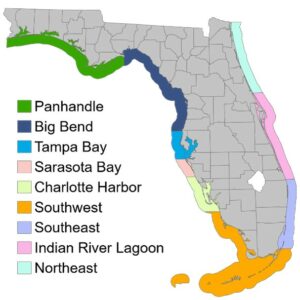
Pensacola to Alligator Point
The western boundary is located at the Florida-Alabama border and the region extends east near Alligator Point. Does not include all waters of the Ochlockonee Bay, the Ochlockonee River and its tributaries.
Slot Limit: Not less than 18″ no more than 27″ total length
Daily Bag Limit: 1 fish per person per day; 4 fish vessel limit”
Big Bend Region
The western boundary is located near Alligator Point. Includes all waters of the Ochlockonee Bay, the Ocholockonee River and its tributaries. The region extends east and south to the Fred Howard Park, near the border of Pasco and Pinellas counties. This region includes all waters of the Anclote River and its tributaries.
Slot Limit: Not less than 18″ no more than 27″ total length
Daily Bag Limit: 1 fish per person per day; 4 fish vessel limit
Tampa Bay Region
The northern boundary is located at Fred Howard Park, near the border of Pasco and Pinellas counties and extends south to State Road 64 in Manatee County. Includes all waters of the Braden River and Manatee River, and its tributaries. Does not include the Anclote River and its tributaries.
Slot Limit: Not less than 18″ no more than 27″ total length
Daily Bag Limit: 1 fish per person; 2 fish vessel limit
Sarasota Bay Region
The northern boundary is located at State Road 64 in Manatee County and the region extends south near the Venice Municipal Airport. Includes Palma Sola Bay.
Slot Limit: Not less than 18″ no more than 27″ total length
Daily Bag Limit: 1 fish per person; 2 fish vessel limit
Charlotte Harbor Region
The northern boundary is located near the Venice Municipal Airport, and extends south to near Vanderbilt Beach Road in Collier County and Lee County.
Slot Limit: Not less than 18″ and no more than 27″ total length
Daily Bag Limit: 1 fish per person, 2 fish vessel limit
Southwest Region
The northern boundary is located near Vanderbilt Beach rd, in Collier County, ex; Naples Florida, Marco island, and extends around the Florida Keys to the Monroe/Miami-Dade County line.
Slot Limit: Not less than 18″ no more than 27″ total length
Daily Bag Limit: 1 fish per person per day; 2 fish per vessel limit
Southeast Region
The northern boundary is located at the Martin-Palm Beach county border and the region extends south to the Miami-Dade/Monroe County line. This region includes the Loxahatchee River and its tributaries.
Slot Limit: Not less than 18″ no more than 27″ total length
Daily Bag Limit: 1 fish per person per day; 2 fish vessel limit
Special Regulations apply for this species when fishing in Biscayne National Park.
Indian River Lagoon Region
The northern boundary is located at Lytle Avenue/South Causeway in New Smyrna Beach and extends south to Martin-Palm Beach County line. Does not include the Loxahatchee River or its tributaries.
Catch-and-Release only.
Other Regulations
Bag limits apply in areas adjacent to fishing sites, such as docks and parking lots
4 fish per person transport limit applies when traveling in a vehicle on land away from a fishing site.
Must remain in whole condition until landed ashore
Captain and Crew bag limits are prohibited while on a for-hire trip
Commercial harvests are prohibited
Gear requirements:
- Legal Gear: hook and line, cast nets
- Illegal Gear: Spearing (includes spearfishing, gigging and bowfishing, and snatch hooking) and/or use of multiple hooks in conjunction with live or dead natural bait is prohibited
Catching redfish in Florida can be an exciting and rewarding experience. Here are some tips to help you catch redfish in Florida:
1. Know their habitat: Redfish can be found in a variety of habitats, including grass flats, oyster beds, mangrove shorelines, and deeper channels. Understanding their preferred habitats will increase your chance of finding them.
2. Timing is key: Redfish are most active during the early morning and evening hours when the water is cooler. Try to plan your fishing trips around these times.
3. Use the right bait: Redfish are known to feed on a variety of live baits, such as shrimp, crabs, and small fish. You can also use artificial baits like soft plastic grubs, spoons, or topwater plugs to lure them.
4. Fish with the tide: Redfish tend to move with the tides, feeding on the changing water currents. Fishing during the incoming or outgoing tide can improve your chances of success. Look for areas of moving water and cast your bait towards them.
5. Sight fishing: Redfish can often be spotted in shallow water, especially when the sun is high and the water is clear. Poling or wading in shallow flats and sight fishing can be an effective way to target redfish.
6. Consider using a kayak or canoe: Redfish are often found in areas that are inaccessible by a larger boat. Using a kayak or canoe allows you to navigate through shallow areas and reach isolated spots where redfish may be hiding.
7. Practice stealth: Redfish are wary creatures, so it’s important to be quiet and minimize your presence. Avoid making loud noises, slamming hatches, or casting a shadow over the water. Work slowly and quietly to maximize your chances of success.
Remember to always check local fishing regulations and obtain the necessary licenses before going fishing. Additionally, consider hiring a local guide who can provide valuable insights and increase your chances of catching redfish in Florida.
Share this content:
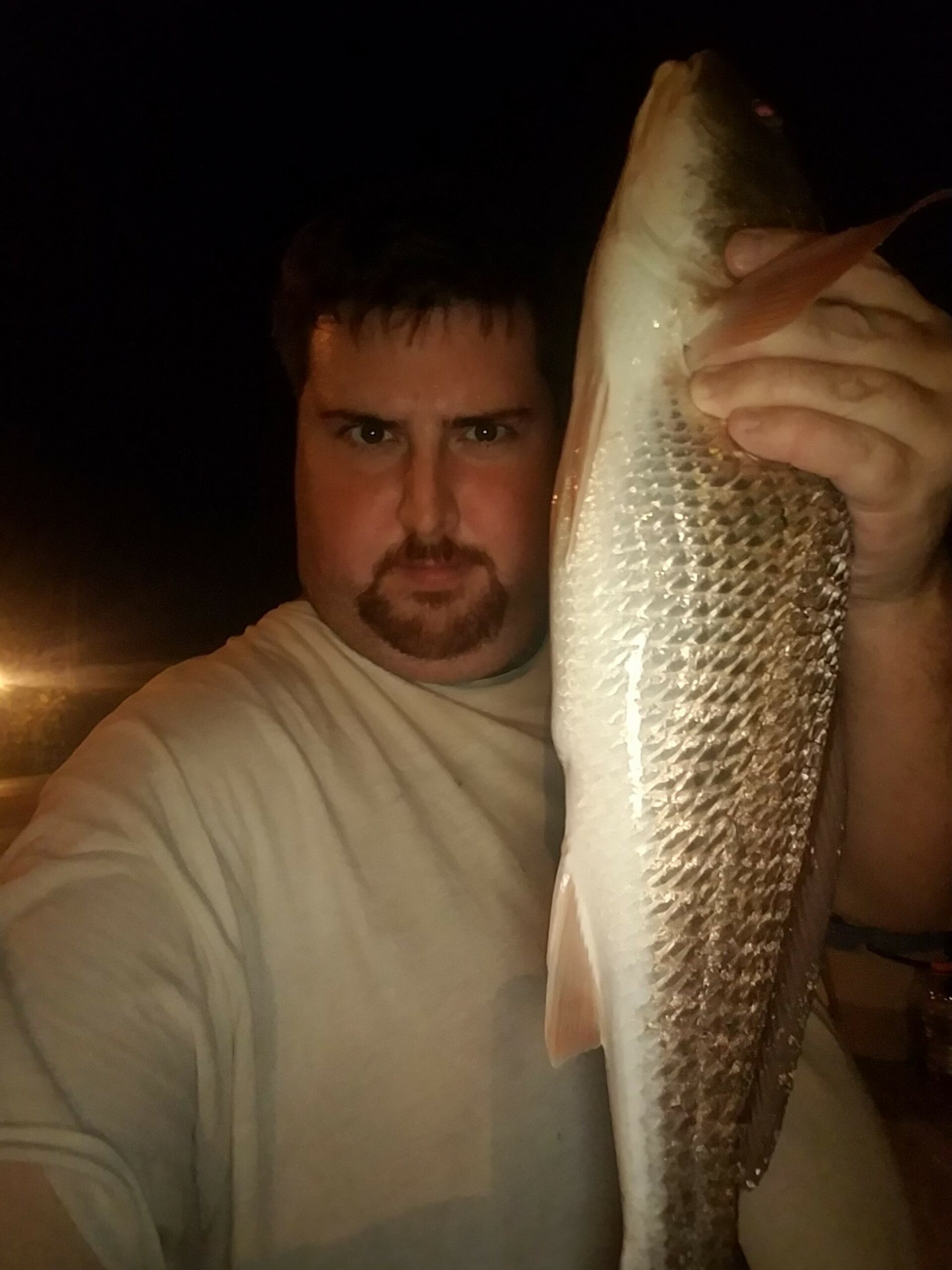
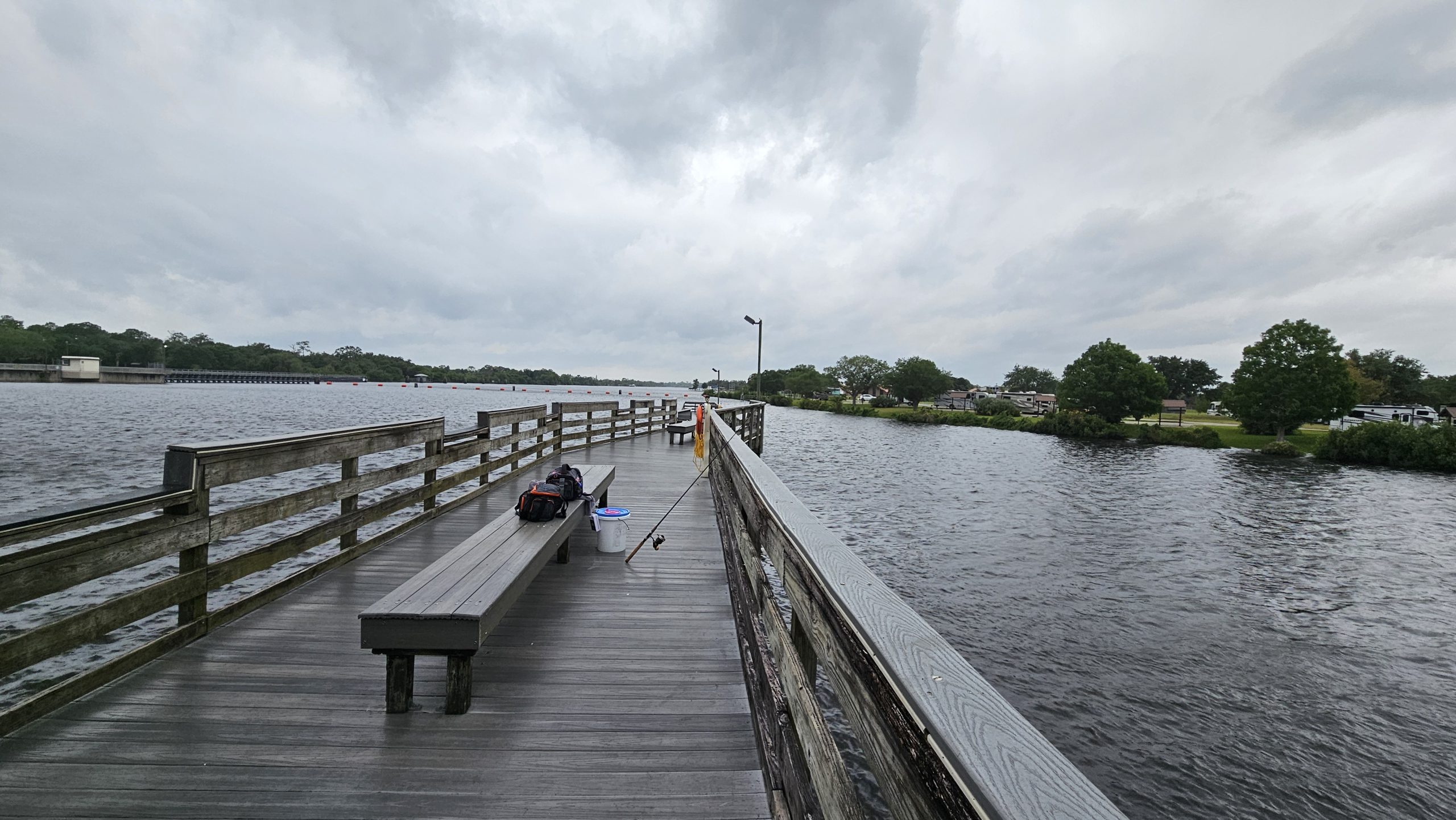
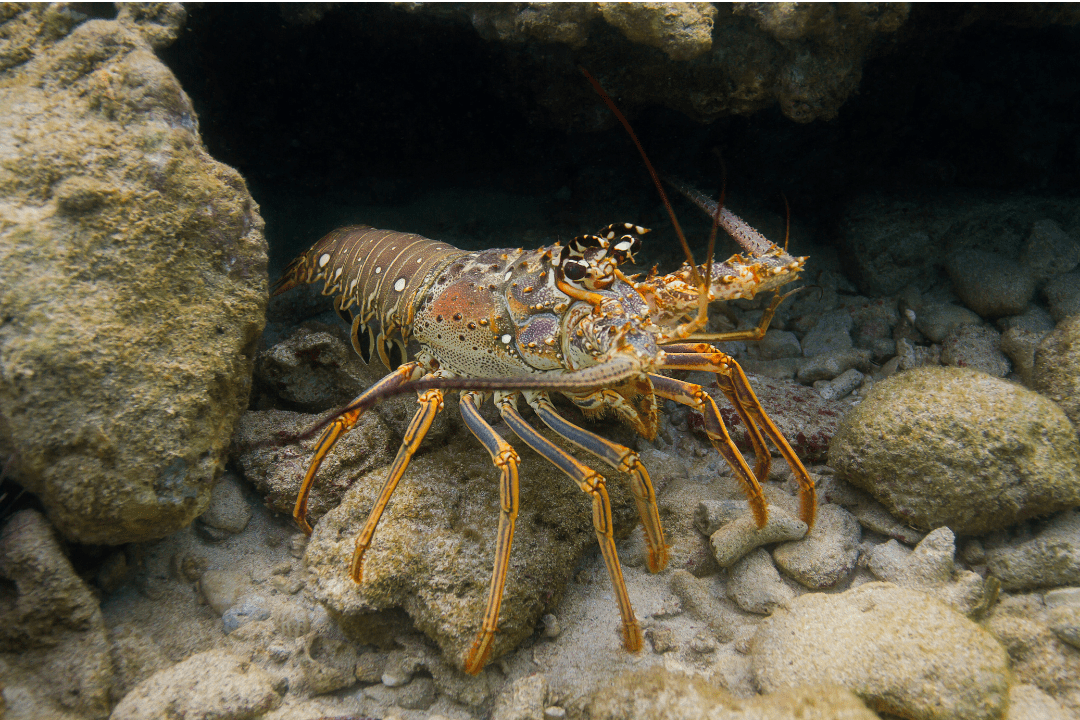
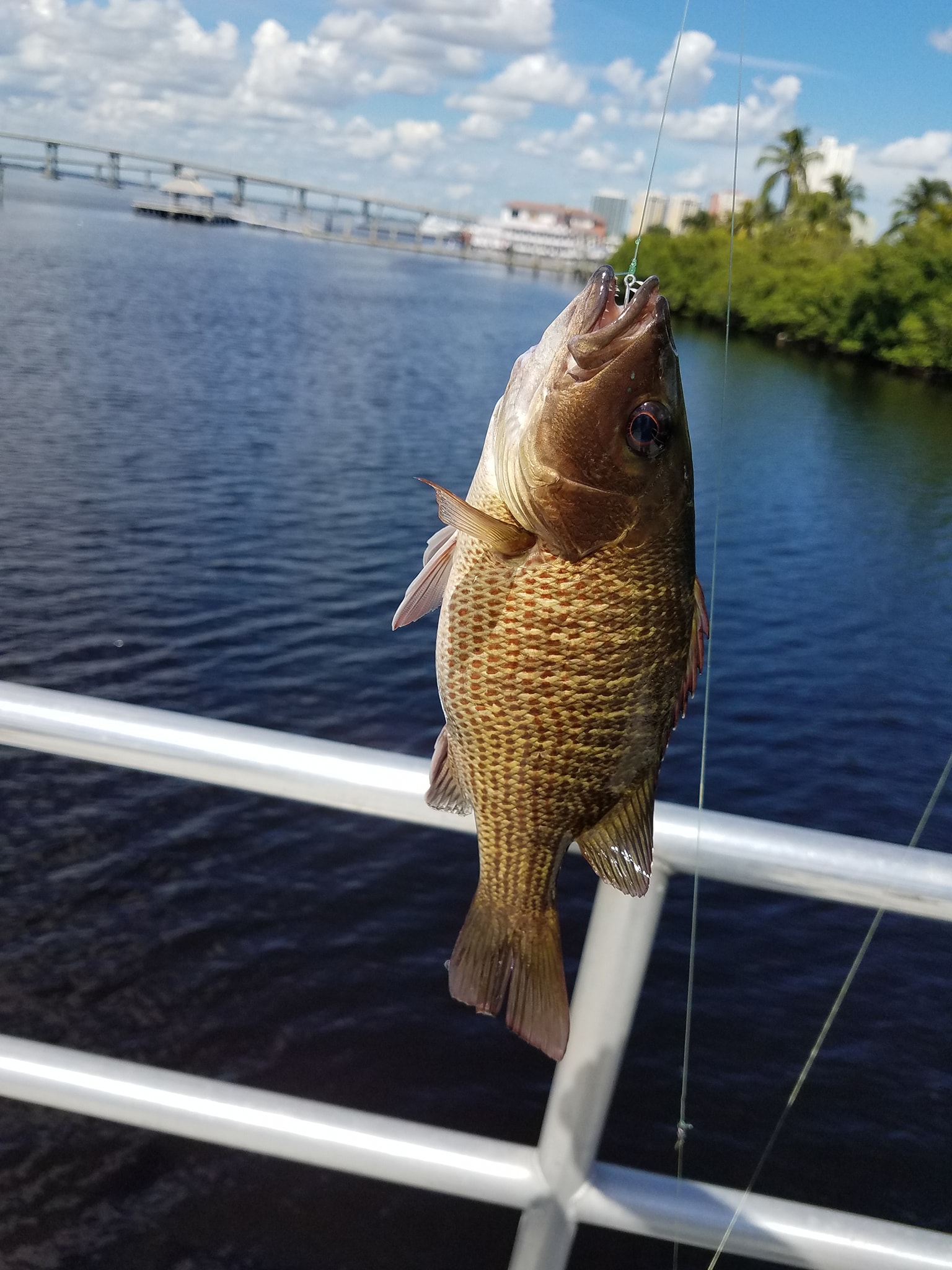

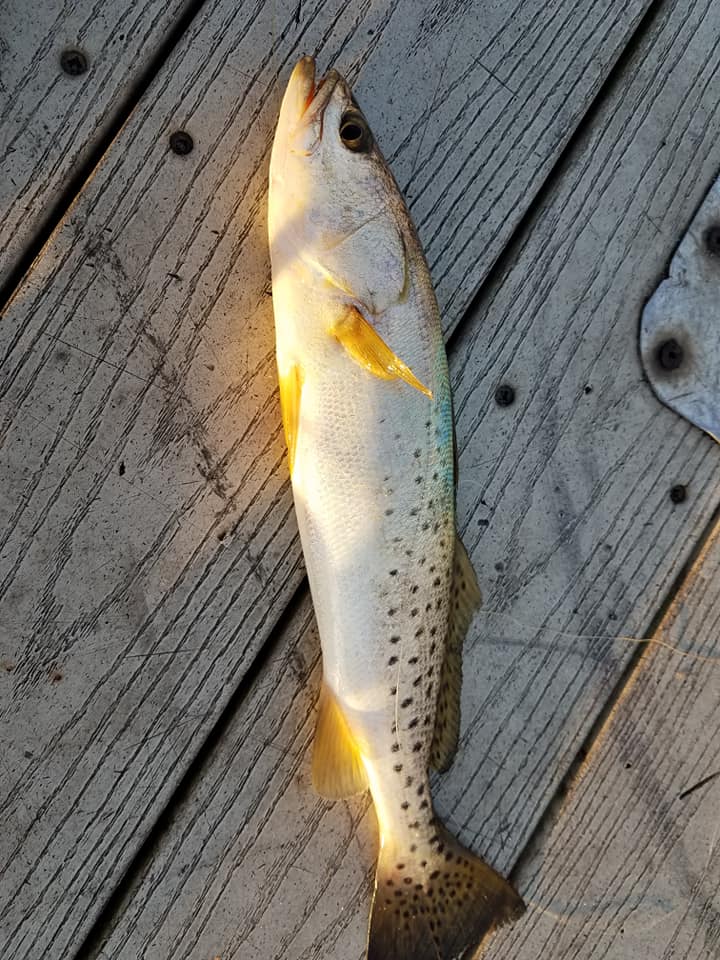

Post Comment
You must be logged in to post a comment.